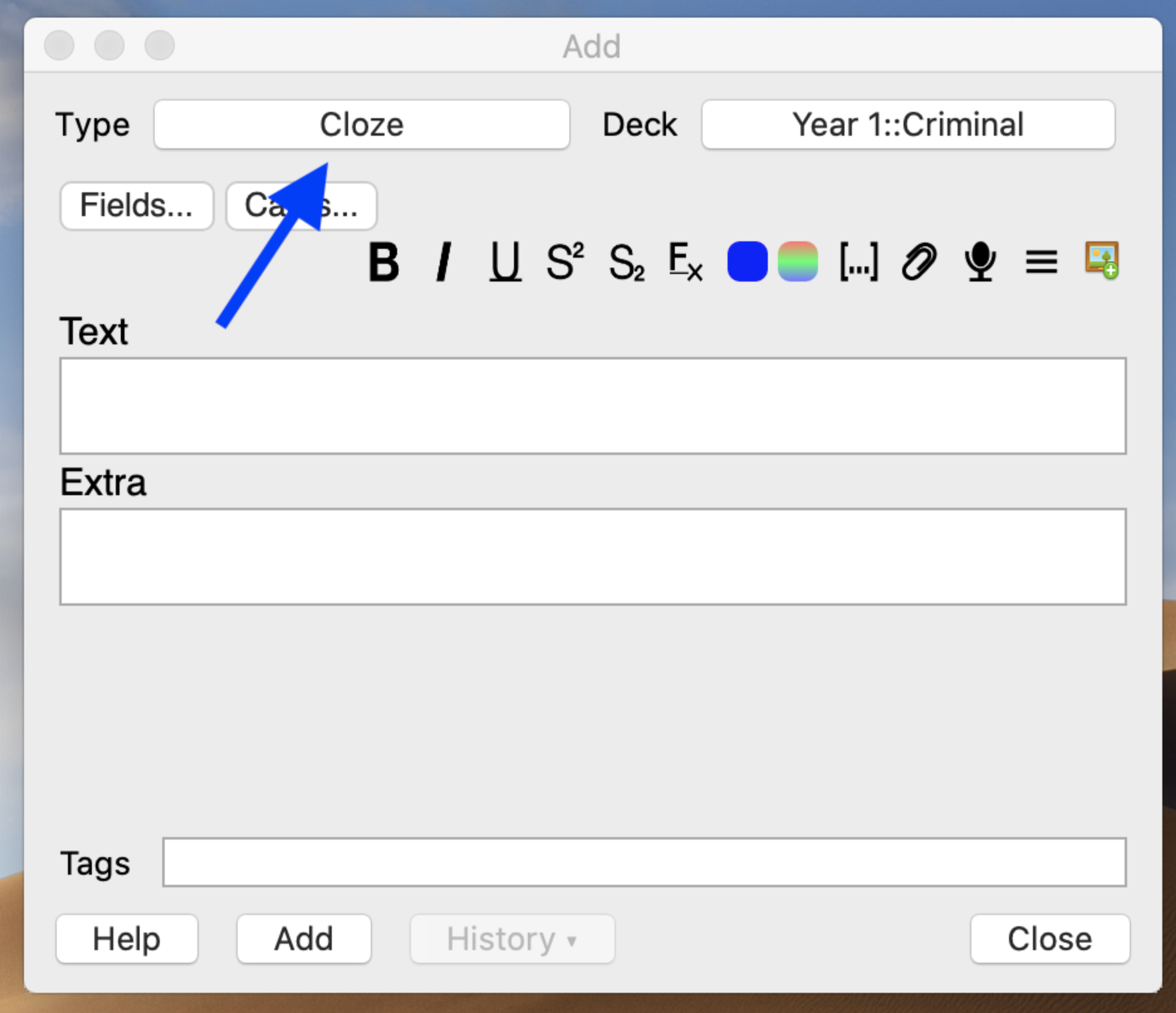
To get around this, another possibility would be to try to separate the information into specific titles, such as “Technologies of the first half of the 19th century”, with the disadvantage of eliminating some possibilities of wrong answers and making the card easier. Logically, this solution may remove the very meaning of making this “massive cloze”, since all the information will not be presented in the back. So maybe it’s easier later to attach a “History of technology” (with latest inventions) to “History of technology” (with first inventions), which will automatically change the final clozes to larger numbers… but I don’t know about the scheduling: since it is one thing to detect the clozes and their numbers in ONE same note, it is quite another to migrate the scheduling (and not just the text) to the note that will “receive the attachment”. This can currently be done manually with the add-on Transfer scheduling data from one card to another - AnkiWeb, but it is a solution that is not feasible on a multi-cloze note for the same reason that it is not feasible to change cloze by cloze when adding or deleting a paragraph in the middle of long text with multiple clozes.Ī temporary solution that can solve our problems (at least in the short term as long as there is no native or add-on function to increase and decrease the number of clozes and card scheduling with them) is to create only between 5-10 paragraphs per note and give them the same title. The system (or add-on) would need to detect the change in the cloze according to its position in the text and still transport the scheduling information from the card to the other cloze number. Of course for most users this won’t matter much, but I see it matters to you and me. In a perfect world, Anki could change the number of clozes as the note itself changes, that would be ideal, let’s say I want to add a paragraph between c4 and c5, it could be c391, which leaves the confusing organization. The suggestion here is a kind of “countermovement” leaving the first part (front) following the principle of minimal information, while the second part (back) shows all the content. The problem I see here (correct me if I’m wrong in my premise) is that Anki is designed to atomize thought into several notes, and notes (not just cards) must also be atomized. When I was experimenting with the first one you posted here, I came across exactly this problem of the number of clozes, as I had forgotten to hide a part of the text at the beginning and had the unpleasant task of needing to edit cloze by cloze until the end with the intention to keep the note organized. My hope is that we could also use a similar strategy to display rendered MathJax (and maybe Latex) as images in the editor and add some controls, to edit the underlying MathJax code. What do you think of the idea in general?


A PR implementing our own undo history for the editor, which will probably be required after the Tag Editor anyway. These snapshots would be the set of editor fields (and the tag editor, see below.) and a list of offsets, indicating the caret position at the moment of the snapshot.Ģ. For this to work, we would have to make `Control+Z` trigger our own undo and make the Editor create snapshots regularly. We currently just rely on the built-in undo history of contenteditable in the Editor. The undo history does not work for this. `Range.surroundContents` is quite low level, so we need some additional logic (currently only works, if you're clozing over plain text (no other inline / block tags)) Using Control-Shift-C needs to use `Range.surroundContents` instead of `execCommand`. Copying the anki-cloze should probably copy the cleaned up version. `` will sometimes "swallow up" text positioned behind it. If the `` is the last element in the `Editable`, the caret will be invisible, if it is positioned behind itĢ. Clicking three times within the clozed text will select the entire clozed text.ĭisadvantages might include (might be able to be addressed):ġ. The cloze number is an input element now, allowing only for valid values.Ĥ. I have this add-on Fill the blanks - Multiple type:cloze support - AnkiWeb and if i create a cloze note type and change ` will entirely unwrap the clozed text from the cloze markup.ģ.


 0 kommentar(er)
0 kommentar(er)
